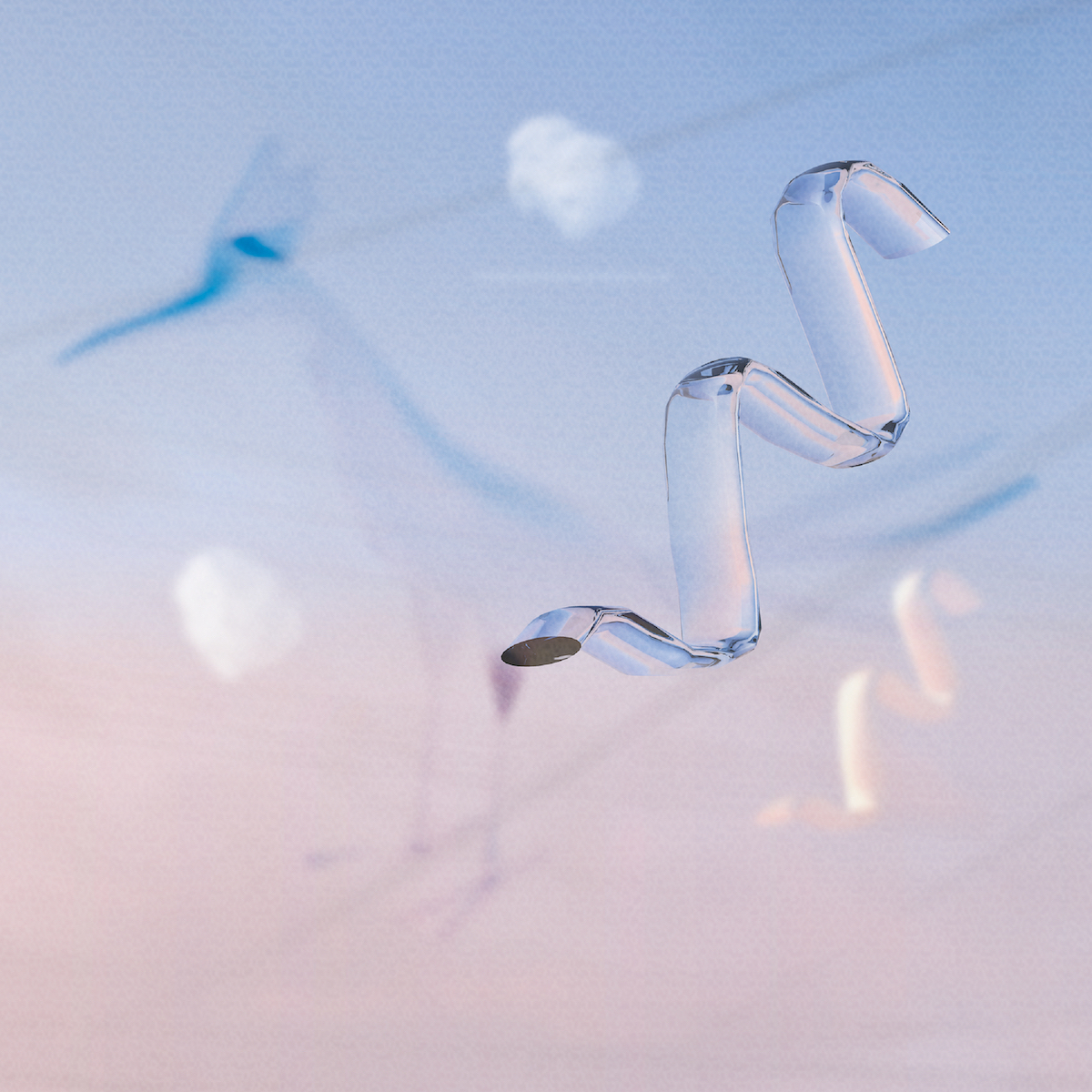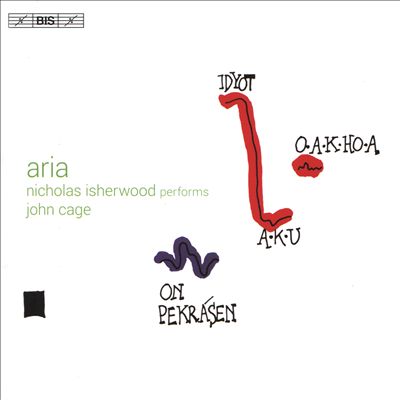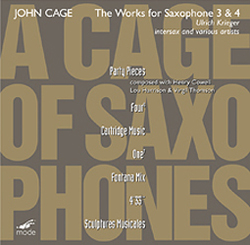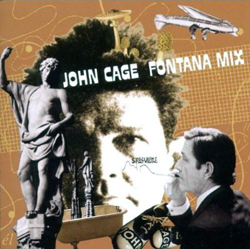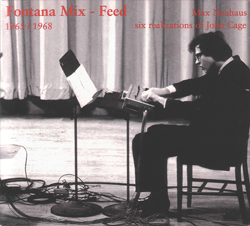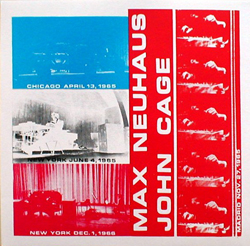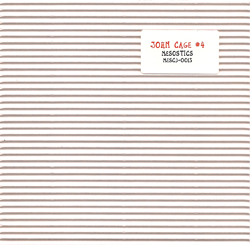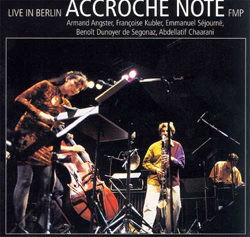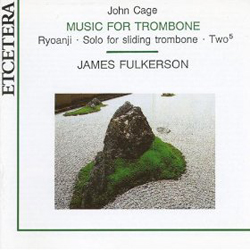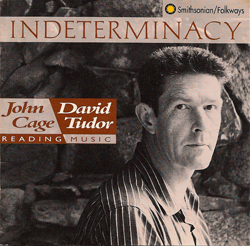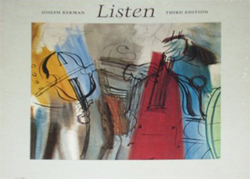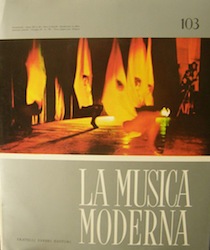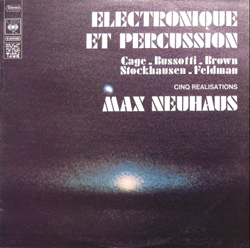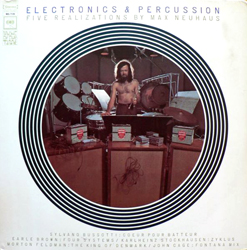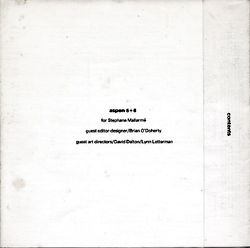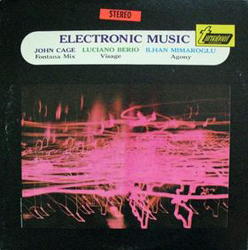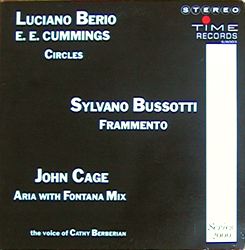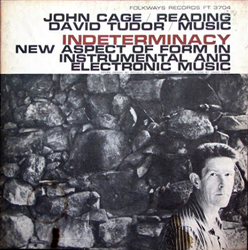| ← Back to Works Index | |||
|
Work Title Fontana Mix |
|||
|
Date Composed in 1958. Premiered in Rome, January 5, 1959, with Aria. |
|
Ensemble Type Magnetic Tape |
|
Instrumentation Seventeen minutes of material, to be used in any time length, longer or shorter; version for 4 single track or 2 double track tapes, 71/2 i.p.s.; the score may also be used to provide a part or parts for any instrument or combination of instruments. See also Aria (EP 6701), Concert for Piano and Orchestra (EP 6705a-n), Solo for Voice 2 (EP 6751), and WBAI (EP 6772). |
|
Comments This is a composition indeterminate of its performance, and was derived from notation CC from Cage’s Concert for Piano and Orchestra. The score consists of 10 sheets of paper and 12 transparencies. The sheets of paper contain drawings of 6 differentiated (as to thickness and texture) curved lines. 10 of these transparencies have randomly distributed points (the number of points on the transparencies being 7, 12, 13, 17, 18, 19, 22, 26, 29, and 30). Another transparency has a grid, measuring 2 x 10 inches, and the last one contains a straight line (10 3/4 inch). By superimposing these transparencies, the player creates a structure from which a performance score can be made: one of the transparencies with dots is placed over one of the sheets with curved lines. Over this one places the grid. A point enclosed in the grid is connected with a point outside, using the straight line transparency. Horizontal and vertical measurements of intersections of the straight line with the grid and the curved line create a time-bracket along with actions to be made. Fontana Mix may be performed with parts written for Cage’s Concert for Piano and Orchestra, Aria, Solo for Voice 2, and/or Song Books. Tone control may be regulated using Cage's composition WBAI. Cage composed other works using the material from Fontana Mix: Water Walk, Sounds of Venice, Aria, Theatre Piece, and WBAI. Cornelius Cardew composed his Solo for Guitar using the same material. In February 1959, Cage prepared a version for 2 tapes at the Studio di Fonologia in Milan, with technical assistance from Mario Zuccheri. Interestingly, the initial title of the work was Performance Mix, but during the preparation of the tapes, Cage renamed it after his Milanese landlady, Signora Fontana. |
|
Dedicatee(s) Luciano and Cathy Berio (i.e. Cathy Berberian) |
|
Publication Peters Edition EP 6712 |
